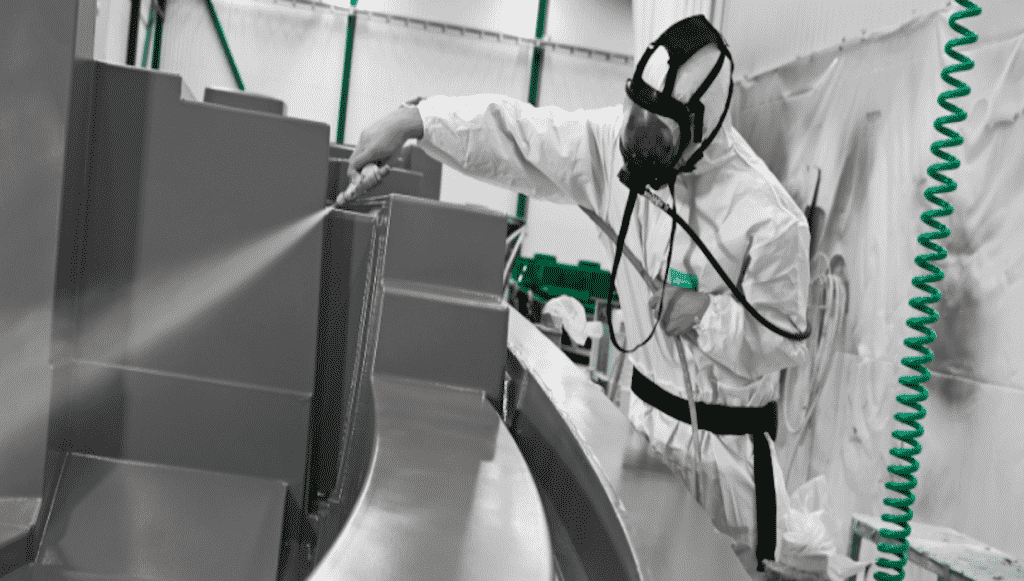Most business owners might think there is nothing much to consider while choosing a hose. Well, if you are among those who think a hose is just a hose, you are mistaken. Hoses are more complex than you think, and it is important to choose the right air hose for your business needs. An air hose transports the air from the compressor to the pneumatic application. There are several factors to consider before choosing an air hose.
For instance, you will have to consider the dimensions, the material from which it is made, and its function. The dimensions of a hose consist of its overall length and its internal diameter (ID). An air hose can be constructed in a variety of materials, which in turn, will be influenced by the environment where it will be used.
Factors to consider while choosing air hose
Let us now take a quick look at the factors you need to consider while choosing an air hose.
You can find a great range at RS Components.
Length
Usually, air hoses are supplied in a choice of lengths, and you can get many different lengths of hose for various types of applications. The length required depends on the distance to be covered between the compressor and the workspace of the pneumatic tool. A lengthy hose will allow a greater separation between the workspace and the compressor. But in such a scenario, some of the air pressure will be lost in transmission. A shorter hose is easier to manage in tight spaces, maintains pressure better, and functions well with a portable compressor.
So, when you choose an air hose, you should consider the manoeuvrability of the pneumatic tool and the size of your workspace.
Internal diameter
The ID of a hose is an important factor that determines the rate at which the compressed air can be supplied. The most common IDs are 6mm, 8mm, and 10mm. The larger the diameter, the higher the supply of air per minute (l/min) to the pneumatic tool. Conversely, a larger bore will significantly add to the weight of the hose, making it less manoeuvrable.
You should evaluate how many l/min of air your application needs. Then choose the corresponding ID required to supply that much amount of air while maintaining its pressure over the distance travelled. Generally, the higher the l/min, the bigger the ID you’ll need. Usually, most hand-held tools use a 6mm hose, while the more heavy-duty applications need an 8mm or 10mm hose.
Straight or curly?
You must choose between the standard, straight hose or a curly, recoil one. Standard hoses remain flat, without coils or bends. They are easy to handle and offer no resistance but might get kinks that reduce or cut off the air supply.
Curly or recoil hoses are hoses with a lot of small, regular high tensile coils that spring back into place after use. They are easy to store and to keep out of the way when not used.
Materials
Modern air hoses come in a wide variety of materials that have largely replaced the older rubber hose. Lightweight materials are reinforced with braided steel wire or fibre layers. Hoses are available in materials such as:
- Polyurethane
- Nylon
- Neoprene
- EPDM
- Thermoplastic
So, you need to choose an air hose depending on your business needs and the material used.

